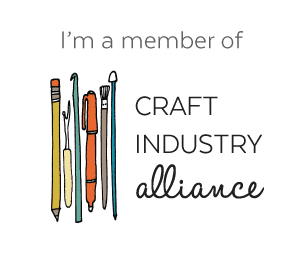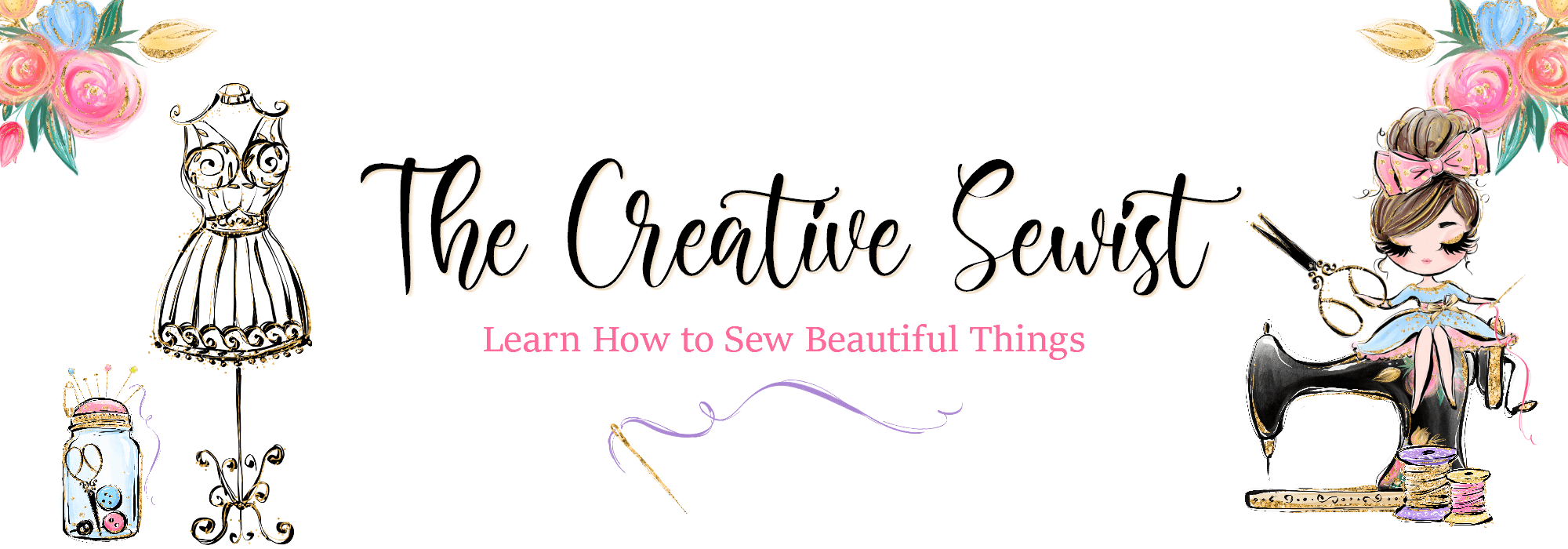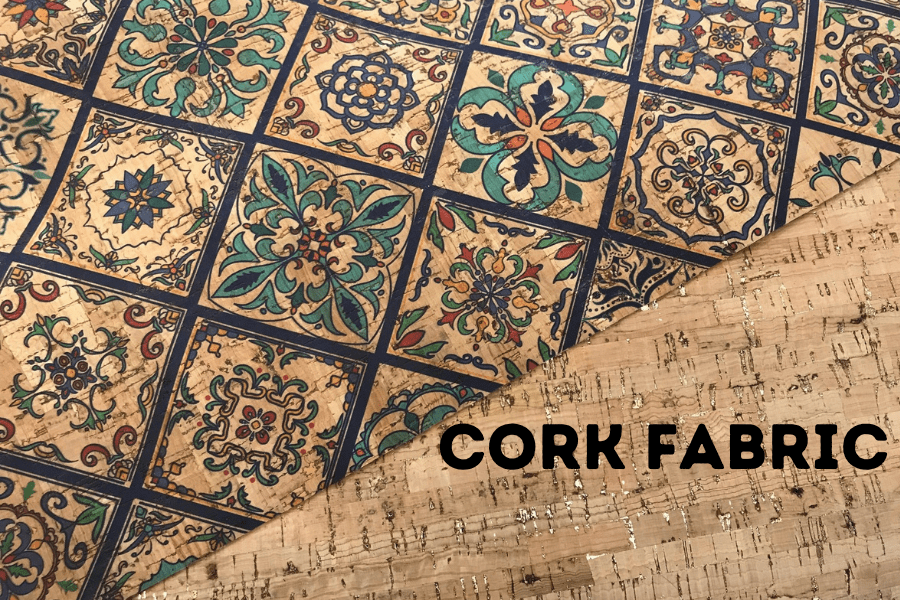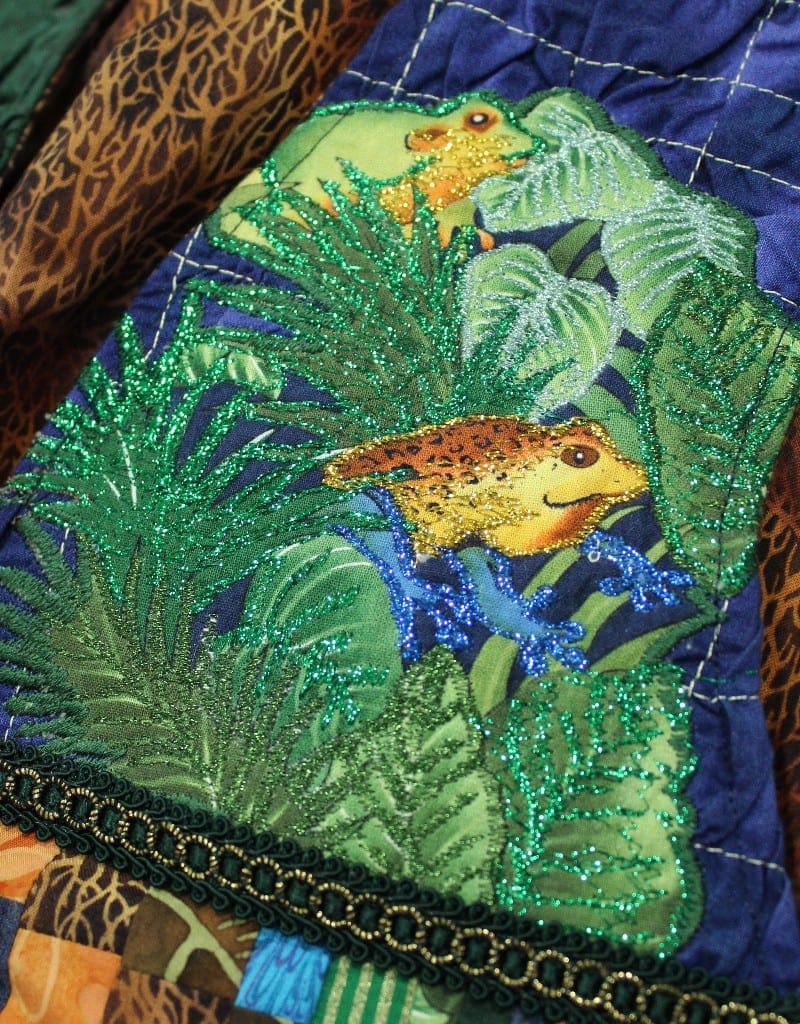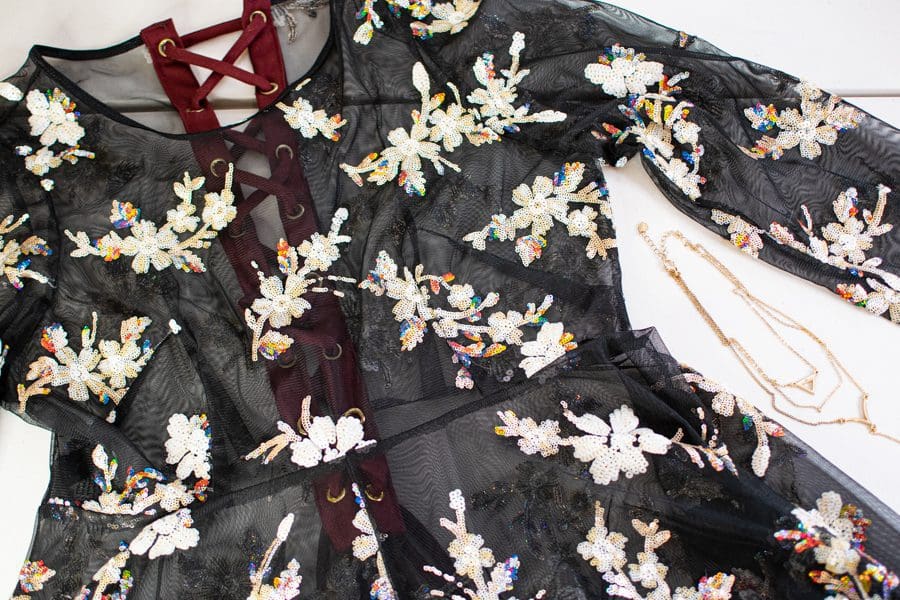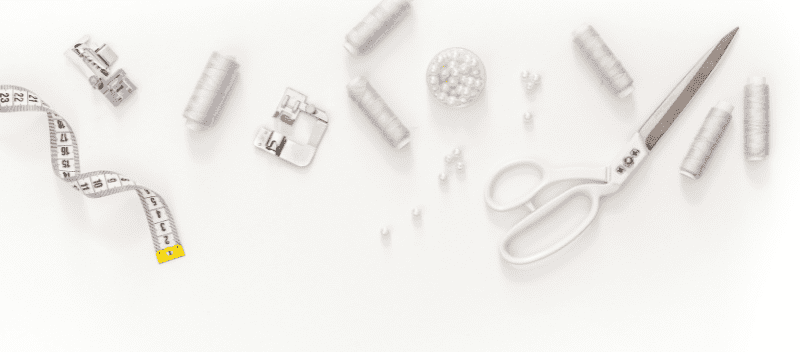Quilted Coat Controversy – Repurpose Old and Discarded Quilts or Not?
Recently, Mary Fons published a YouTube video outlining her stance against repurposing and upcycling quilts into quilt coats, apparel, and novelty items. She briefly covers the history of quilted coats and their rise in popularity thanks to designers like Adolfo, Ralph Lauren, and most recently Emily Bode. She states that when Adolfo and Ralph Lauren created their collections, the popularity of these ‘designer pieces’ quickly came and went within 1 or 2 fashion seasons due to the high prices and limited availability.
However, Fons contends that when Emily Bode released her men’s couture collection in 2017 that was heavily comprised of upcycled quilted clothing, the trend was quickly embraced by the masses due to the collection’s high visibility on social media. Fons believes that the practice of ‘upcycling’ quilts continues to this day without showing any signs of slowing down and she has a passionate appeal—stop destroying perfectly good quilts. Disheartened, she articulately builds her case for ceasing this practice and the possible impact it may have on historical quilts if this upcycling trend continues. When published, this video sparked a fiery debate amongst quilters and sewing enthusiasts on both sides and for a brief time was removed from YouTube. It was eventually republished and at the time of this article’s publication, had over 34K views. While many quilters and quilt enthusiasts do not share her position, it did spark discussion within the sewing community—should quilts be repurposed into coats and other items?
Most quilters and quilt enthusiasts have mixed feelings on this topic and numerous discussions can be found on forums, social media postings/groups, and sewing websites. So, I began to question this practice and I compiled a few strong arguments both for and against upcycling quilts.
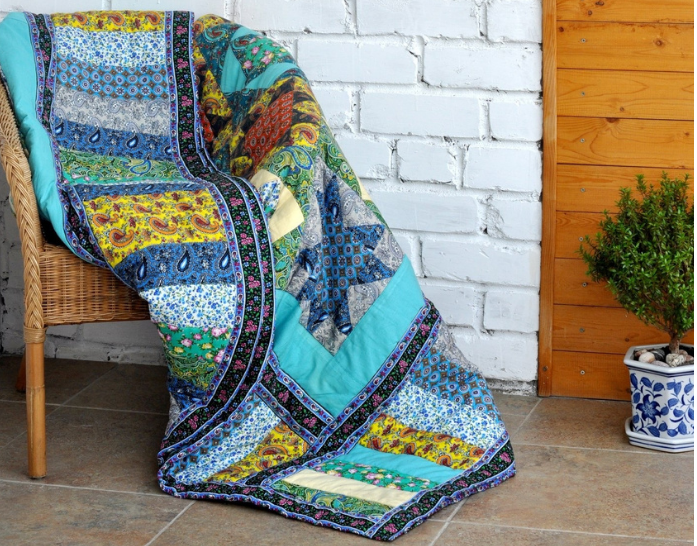
The Pros For Repurposing An Old Quilt
1. It’s a commercially produced quilt
With the advent of modern manufacturing, the costs of quilt production decreased making it easier and more affordable to mass produce quilts. These quilts are often cheaply constructed with lesser quality fabrics and materials making them ideal for trying quilted upcycling projects.
2. Not using it but love the pattern/colors
Quilts are made in a variety of sizes and many older quilts don’t necessarily fit newer, taller mattresses forcing many to buy larger sized quilts. This leads to a dilemma– if it doesn’t fit or work for its intended purpose, what do you do with the quilt? Should you place it on a sofa as an accent piece or store it until the perfect situation presents itself? If neither is an option, then it may be a consideration for upcycling.
3. Don’t want to give it away
Perhaps you bought or received a quilt you no longer use but don’t want to discard it. In many instances, fabric styles change and those once favored quilts from 20+ years ago, no longer coordinate with a home’s modern décor but still bring a smile to your face. If you know you will never use it again as a quilt, then perhaps consider other ways you could use it.
4. Damaged/ unrepairable
Sometimes things happen to our beloved quilts and we are not able to repair them. Whether it is old with frayed fibers, stains, small holes, and tears; consider ways to save the quilt and enjoy it in a new format. Preservation and conservation of vintage quilts by textile experts can be extremely costly making upcycling a cost effective, viable option.
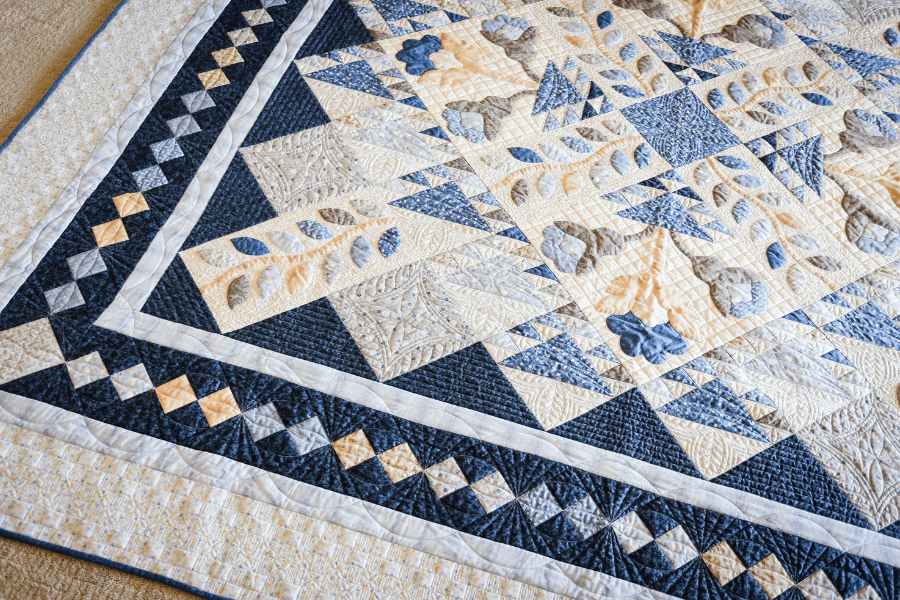
The Cons Against Repurposing A Quilt
1. Perfectly fine/no apparent tears or damaged spots/ still useable
If you or a family member identify as a quilter and have ever made a quilt, you understand the costs and labor involved with making a quilt. Some take longer than others to complete and the idea of someone destroying your work is incomprehensible. As Fons cites in her video, many misguided novice quilt sellers scour thrift shops, flea markets, and garage sales looking for cheap quilts to sell in bundles on auction sites to the highest bidder with no regard for the historical value of the piece or the possible need to protect it.
2. Family heirloom
When it comes to family heirlooms, this can be a sensitive subject for many especially when a quilt has been handed down for several generations. In some situations when older quilts are upcycled, the historical significance and value are lost forever. This purposeful destruction could possibly be a lack of understanding and connection caused by a generational gap or a non-quilter’s failure to appreciate the work. Whatever the case may be, preserving and protecting a family heirloom is often a sense of pride and a top priority so that future generations can enjoy the quilt.
3. Sentimental Attachment
Quilts often invoke memories of times gone by or special occasions, especially when family members or close friends who gifted you with a beautiful quilt pass away. In this situation, the idea of tossing or upcycling the quilt, regardless of condition is not an option.
4. Cost to buy quilt and refashion
Handmade quilts range in price from a few hundred dollars to thousands of dollars forcing many would-be upcyclers to carefully consider the costs of undertaking a quilted clothing sewing project. For sewists who want to try making a quilted garment, they often shop for the least expensive quilts. There are various places to look for cheaply priced quilts; but some of these cheap quilts have historical significance that is lost forever when they are upcycled.
Is there a way to create quilted coats and apparel without destroying a quilt?
So, with pros and cons of upcycling quilts, is there a way to create quilted coats and apparel without destroying a quilt?
Yes, but in some instances, it’s a lot of work if you don’t know the sewing shortcuts designers use to expedite the sewing process. In the next few blog posts/ sewing tutorials, I’m going to demonstrate how to create the quilted coat and apparel look without damaging quilts.
In the comments below, I’d love to hear your feedback—how do you feel about upcycling quilts? Do you think it is a good idea or bad one? Also, before you leave, please consider subscribing to the newsletter so that you can stay up to date on new articles/ tutorials and sewing news.
CHRISTINE WARREN
Sewing isn’t just my job, it’s my passion. I’ve enjoyed sewing and needle working since I was very young.
